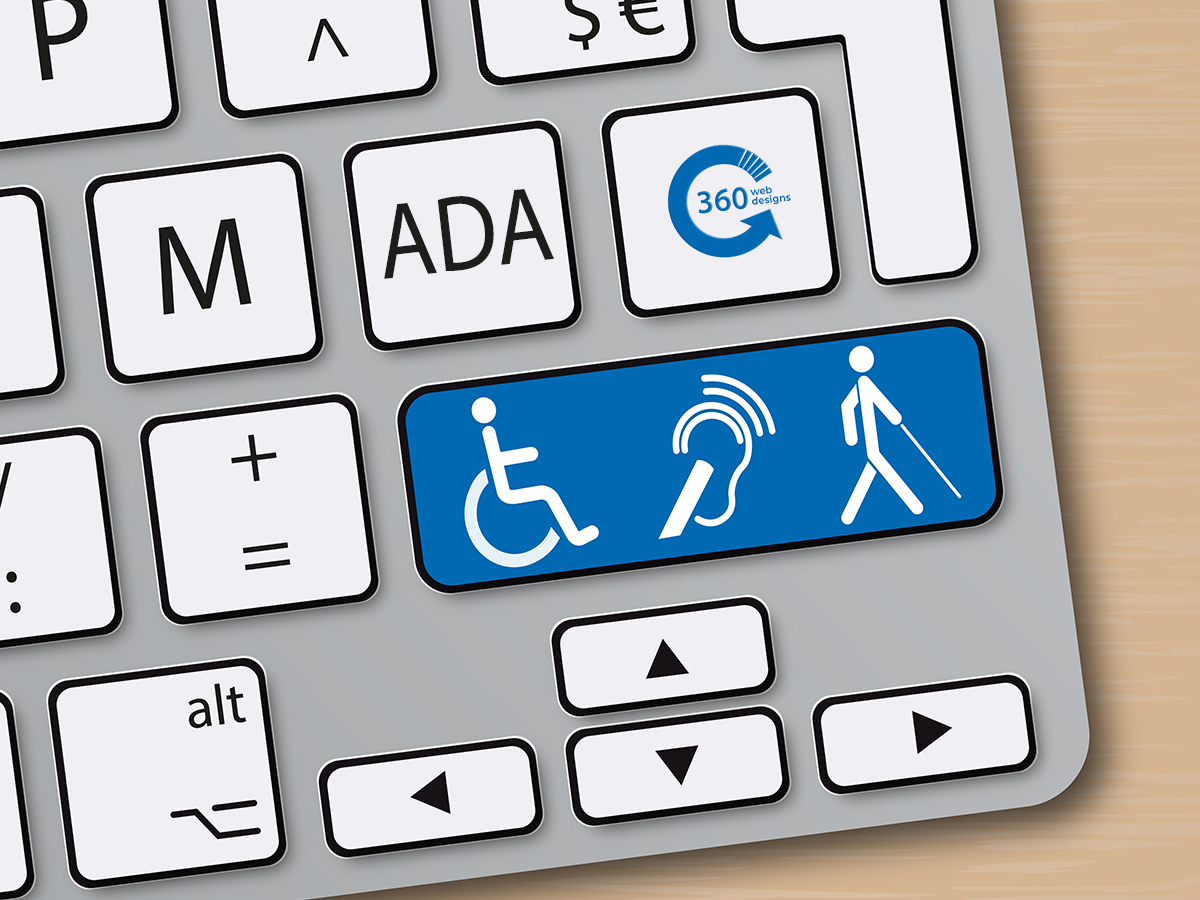Fill out our form, and we'll connect with you within 1 to 2 business days.
Phone: (925) 989-7737

More than 61 million Americans suffer from some type of disability. That is one out of four adults or 26% of Americans.[1] Businesses are finally beginning to realize the value of this people group. Which in turn has made website accessibility a growing movement.
Several types of disabilities make it difficult to navigate a website. Whether it’s hearing, vision, cognition, or mobility. There are simple ways to bring access to this large people group. The disabled are very loyal customers to brands that cater to them. They tend to shop and frequent stores, restaurants, and websites that try to be accessible. Additionally, households with a member who has a disability are also more loyal to accessible businesses.[2] In contrast, they will not return to businesses that do not make an effort to be disabled-friendly. This is a quarter of our adult population that needs our support. Not to mention, consumers who cannot access our websites.
Disabled consumers have financial resources that make them a buying force online. According to Air, discretionary income for working-age people with disabilities was $21 billion. That is more than the African American and Hispanic markets combined. However, there is a misconception among business owners. Many believe that websites are not used by people with disabilities. But, there is no way for a merchant to possibly know whether their consumer is disabled. Comparatively, statistics about people with disabilities are extensive. Studies reveal that accessibility is something you can not afford to not invest in.
It isn’t right to overlook 26% of our population who suffer from disabilities. Although, many small businesses do. Supporting social causes like this make a difference. Both consumers and employees prefer companies that work to support social issues.
11.4 million Americans are hard of hearing or completely deaf. And, 7.7 million Americans are legally blind or visually disabled. Yet, most websites are not coded with appropriate captioning or screen readers. This excludes a large community of people with special needs. Needs that can be easily met. Unfortunately, as we age, we will all have some type of disability. Accessibility is a social cause we need to support because it’s the right thing to do.
Catering to the disabled community is a win-win for everyone. It strengthens your brand to support this growing community. They have great purchasing power and are loyal to disabled-friendly businesses. And making your website accessible benefits all users. For instance, captions are great for anyone in a public setting. Whether you are working at the library or a coffee shop, captions are effective. Simple navigation offers a more user-friendly experience. Also, it benefits those who suffer from cognitive disabilities. Not to mention, that it increases bounce rates. It is no wonder website accessibility is a growing movement.
https://accessibe.com/
https://www.audioeye.com/
https://www.360webdesigns.com/accessibility-creating-a-website-for-everyone-part-2/
1. CDC
2. Nielsen